The Royal Family Has Lost Control of the Message
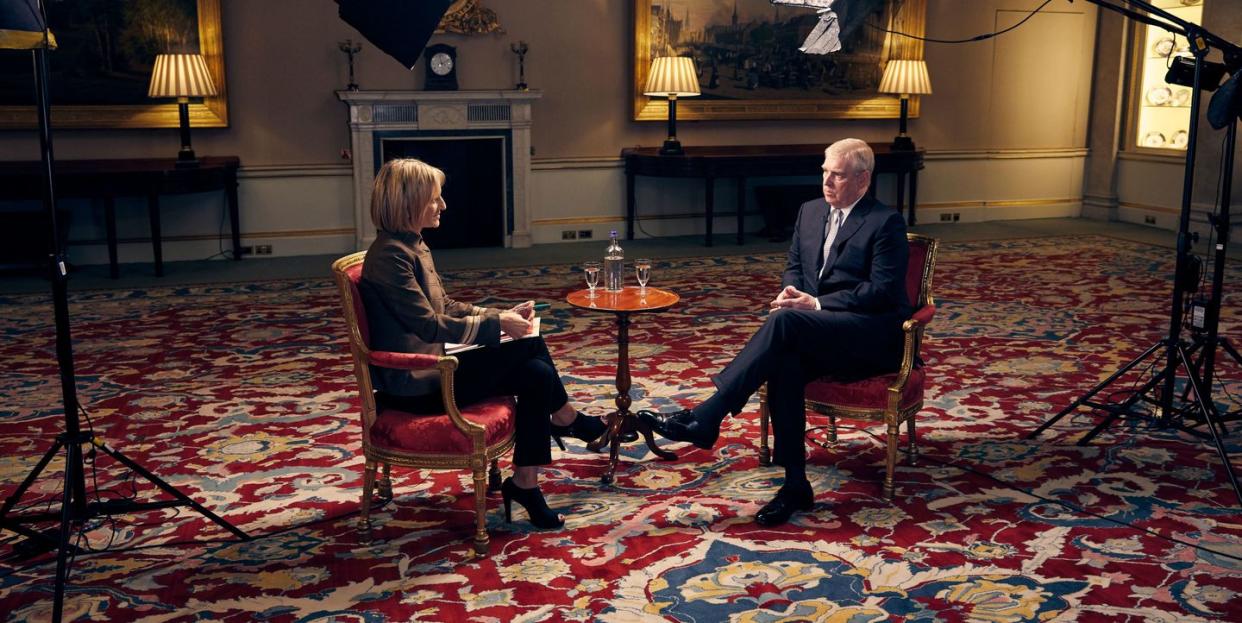
When Prince Andrew walked BBC reporter Emily Maitlis out of Buckingham Palace on Thursday November 14, he paused to show her a statue of Prince Albert, his great-great-great grandfather. “The first royal entrepreneur,” Andrew told the reporter. Maitlis had just interviewed the Duke of York about his relationship with the late convicted sex offender Jeffrey Epstein. If the Duke realized the global media storm that would be triggered when the interview aired, he showed no sign of it.
In the Marble Hall, a vast gilded passage filled with Canovas and Corinthian columns, the Prince told Maitlis he admired Queen Victoria's husband, who supported British innovation during the industrial revolution. “Next time you come, we will talk about Pitch at Palace.” Andrew had launched the platform for supporting digital startups after he resigned as a UK trade envoy in 2011 following criticism of his friendship with Epstein. As proliferating baby heirs knocked Andrew further down the royal line, the project was his own bid for personal relevance and public accomplishment. Minutes after the interview, he still felt like he had a shot.
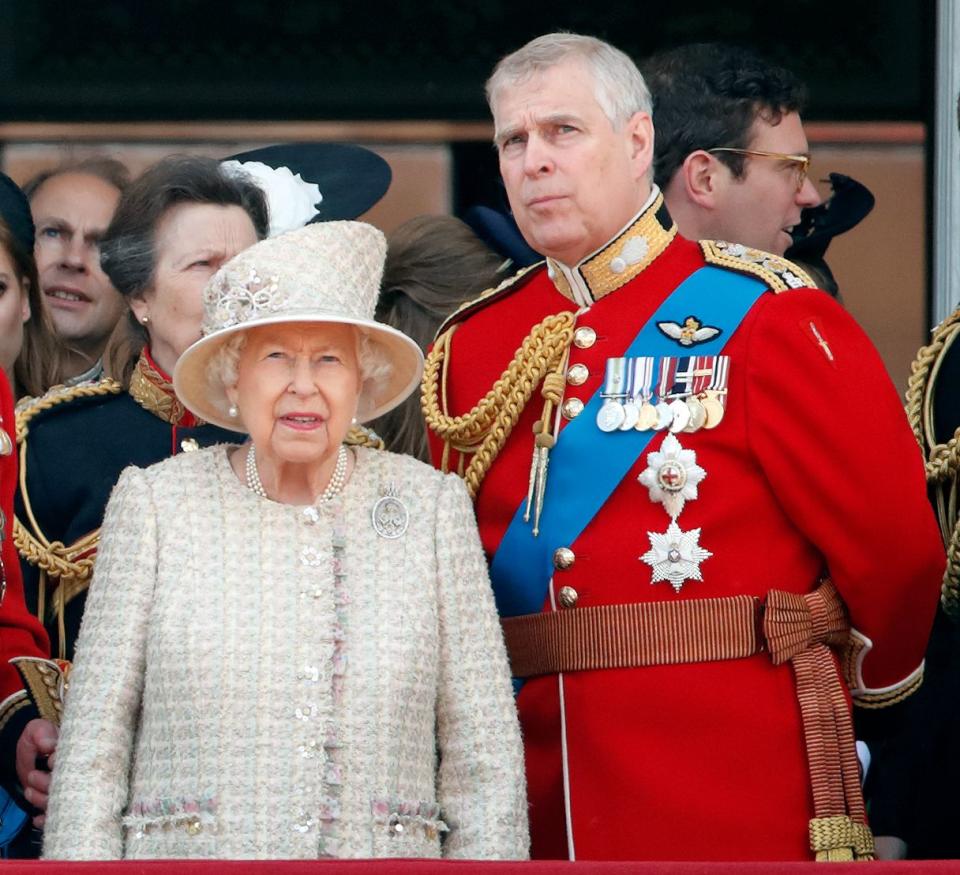
“I probably shouldn’t wait by the phone,” Maitlis remembers thinking.
Three days later, the interview aired and Andrew seemed to achieve a televised self destruction that could only have been more final had he put his own head in a guillotine and shouted “action!” He had spotted an opportunity to put to rest once and for all the questions about Epstein and instead did just the opposite.
The Duke, who has consistently denied knowledge of Epstein’s crimes, insisted he had no memory of Virginia Roberts Giuffre, who alleges Epstein trafficked her for sex with Andrew three times when she was 17, and has been photographed with the Prince. More surprisingly, he failed to express regret over his friendship with Epstein—or sympathy for the financier’s victims.
“It was a total car crash and a terrible mistake,” Jonny Dymond, the BBC’s exhausted royal correspondent, tells me two days after the interview united Britain in stunned disbelief.
Dymond’s words were prophetic: On Wednesday of this week, under mounting pressure on him—and the monarchy—the Duke announced his humiliating retreat from all royal duties.
The episode has been a disaster for Andrew, but it did more than illuminate the palatial scale of his hubris. In a year of mounting tension in multiple branches of the family over its public role and resistance to media scrutiny, it raised serious questions about the royal PR machine. When the firm is required to do more than dress up and wave, who pulls the levers? And if the Queen is the ultimate boss, has she lost control?
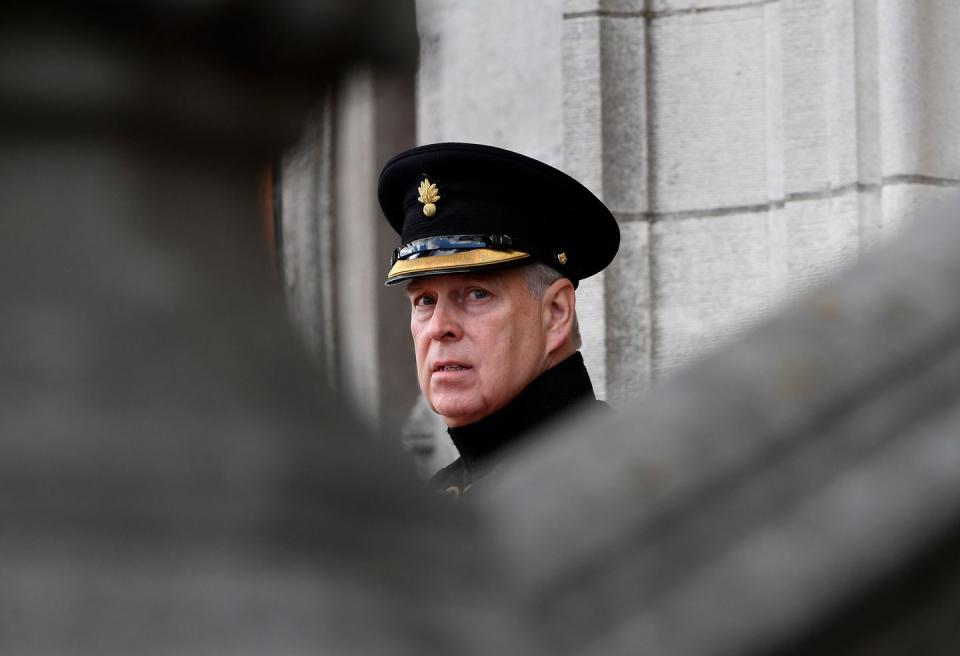
The royal family has until recently stuck to a traditional strategy: “Never complain, never explain.” The Victorian maxim is most often associated with the late Queen Mother. “It has become a cliche but there is fundamental common sense behind it,” says Dymond, who joined the royal beat in 2017 after years as a foreign correspondent. (Of his time covering the Palace, Dymond says: “Without being an enormous bore, my career has taken in 9/11, earthquakes, and bombings, and this is one of the strangest things I’ve ever done.”)
The trouble with peeling back the curtain and presenting royals as fully rounded public figures is this, says Dymond: They lead totally bizarre lives. “You live in a palace and have servants and do strange things like open hospital wings. It’s entirely unsurprising that you come across as somewhat strange in a long interview. Any good communications person will know that.”
Even without the criminal allegations and Maitlis’s forensic interviewing, Dymond says the Duke could never have pulled off the public relations miracle he needed. It was “fantasy” that he would come across well over 40 minutes, the reporter adds.
The days after the interview are a chaotic post-mortem of contradictory briefings, theories, and the assessments of dubious sweat scientists (among other extraordinary defenses, Andrew claimed he could not have been sweaty while dancing in a London nightclub, as Giuffre recalls, because he had a medical condition triggered by an “overdose” of adrenaline while he served in the Royal Navy). Andrew was, apparently, variously mortified and delighted. According to one front page, a “buoyant” Duke told the Queen at church in Windsor the morning after the interview that it had been “a great success.”
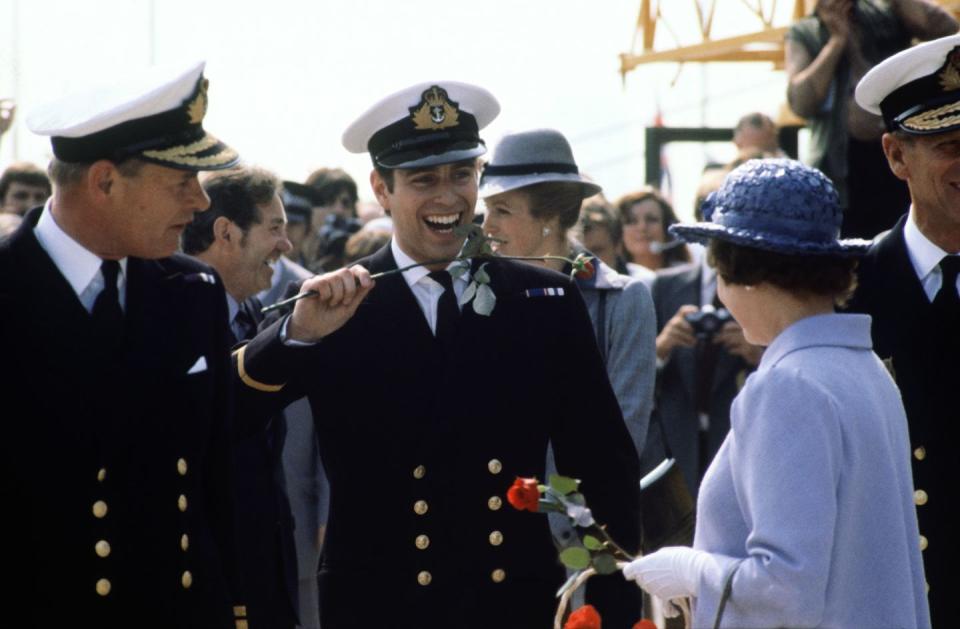
Maitlis implied the Queen had given the interview her consent, while her former press secretary Dickie Arbiter suggested Andrew had “bulldozed” his way on to the screen. The Queen, other insiders suggested, was “incredulous” and “alarmed.”
There were reports that Andrew’s young PR advisor Jason Stein had resigned in protest over the interview plans just a month into a job advising the Duke on his post-Epstein rehabilitation. Then Buckingham Palace denied even employing Stein, who in turn told the BBC that he had left “by mutual consent.” (Dymond tells me Stein was hired unofficially by Andrew, rather than by Buckingham Palace).
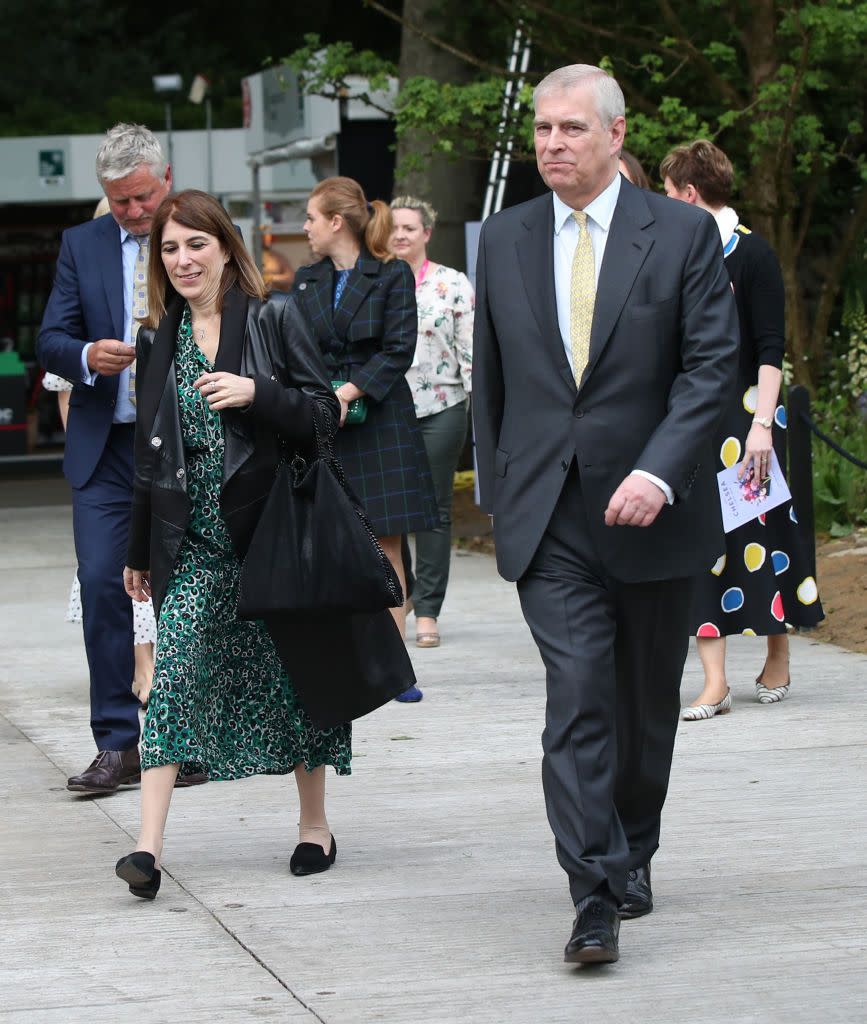
Amanda Thirsk, the Duke’s Private Secretary, who was responsible for managing his affairs and the “Pitch” enterprise, remained quiet, too. A Newsnight editor said that Thirsk had been the only member of the Duke’s office who accompanied him during a final meeting with Maitlis and a small team of producers three days before the interview, which followed months of negotiation. A well-placed source, who declined to be named, told me Thirsk has remained “absolutely loyal” to her boss throughout the Epstein scandal.
Dymond is frantically trying to keep up with the fallout when I speak to him. “We’re seeing the post-game rationalization as everyone desperately tries to distance themselves from the smoldering wreckage of this interview,” he adds. On Friday, it was reported that Thirsk would no longer serve as Andrew’s private secretary, part of a “downscaling” of the Duke’s office.
If the lead-up to—and fallout from—the BBC interview seemed chaotic, few who work within or close to the palace walls are surprised. Beyond the inherent challenge of presenting state-subsidized millionaire aristocrats as relatable, the fragmentation of the family’s offices has brought conflict and confusion into the heart of the firm. “You’ve now got the Buckingham Palace Office that is separate from Clarence House, which is separate from Kensington Palace, which is now separate from the Sussex press office,” says one former member of the Clarence House communications team. “That only makes good communications harder.”
Complaining or explaining is a fraught business for a Windsor—and demands skills honed at the highest levels of public relations. In the early 2000s, Clarence House, the Prince of Wales’s official residence, attempted to rehabilitate Prince Charles’s public image. Charles, who had seemed cruelly remote in the groundswell of public grief after Princess Diana’s death, was preparing to marry his former mistress, Camilla Parker-Bowles.
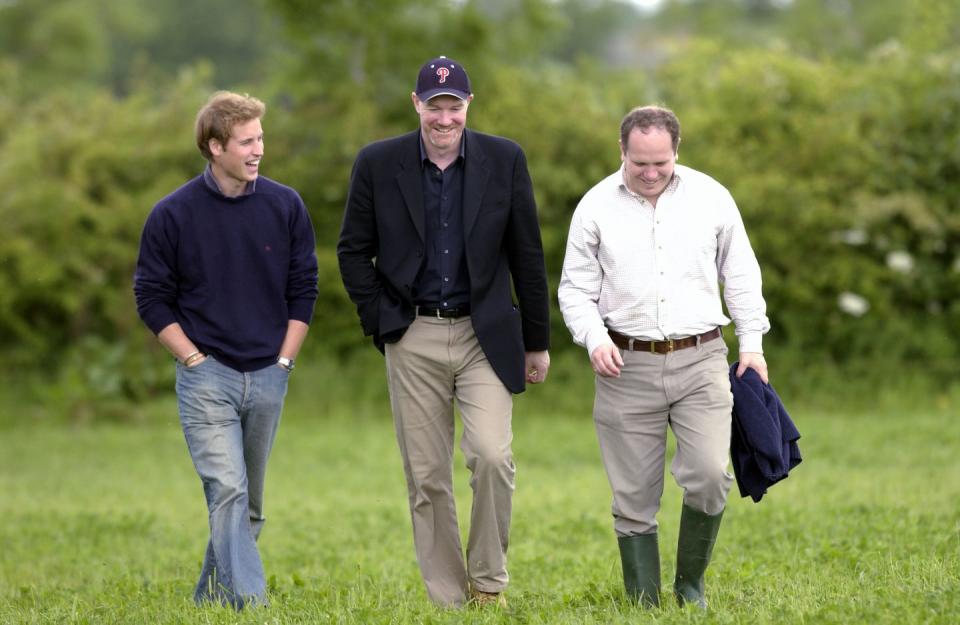
His sons were coming of age, searching for their own royal roles. In 2004, Sir Michael Peat, Charles’s private secretary who, I am told, had been installed by the Queen to “sort out” her eldest son, made an unusual recruitment and hired Patrick “Paddy” Harverson.
Until then, press officers tended to be cut from the same, well-starched cloth as private secretaries. “They were snobbish men in grey suits who often came from aristocratic backgrounds themselves,” says Phil Dampier, a veteran royal correspondent. Harverson was different. A former Financial Times reporter, he had then managed communications for Manchester United alongside its manager, Alex Ferguson, and its star player, David Beckham. He was used to dealing with large budgets, intense media scrutiny, and a mercurial boss when Peat poached him. “They wanted a more professional take from the private sector across the household,” the former insider tells me.
“No comment” was no longer enough from the Royal Family. Harverson launched a Clarence House Twitter account in 2010, hosted regular press conferences, and began to publicly defend his bosses and speak on their behalf. On one occasion, he went on BBC Radio 4’s Today program, Britain’s most prominent—and toughest—current affairs show, to talk about a correction in the Mail on Sunday after a story about Prince Charles. “A lot of old-fashioned courtiers were having heart attacks, but it was the right thing,” the insider adds.
Harverson is credited with transforming Charles’s image—and royal PR more broadly—but for correspondents and their readers, the new, cuddly heir could only attract so much attention. “The royal scene was dead as a dodo,” Dampier recalls.
That all changed in 2011 with the wedding of William and Kate, shortly before Harverson and Peat left Clarence House. By then, Princes William and Harry had established their own household and office at Kensington Palace. Interest in the family intensified and became more international. “And then when Meghan arrived it was just like a rocket booster,” says Dampier.
The fracturing of the family into fiefdoms made the ballooning interest even harder to manage. Over the years there were attempts at better coordination. Sally Osman, a former communications chief at Sky and the BBC, had tried to merge press offices as “director of royal communications” when she joined Clarence House in 2014. But the trial was quickly abandoned, reportedly thanks to resistance from Prince Charles. (Osman left in January of this year.)
Compounding the issue is the fact that royal press offices are tiny, given the massive scale of interest in their principals. “I think people have an impression—and certainly my editors do—that these are 24-hour operations with rows of people fielding enquiries from Auckland to LA,” Dymond adds. “It’s not like that at all. These are teams of three to five people, some of who are more experienced than others.”
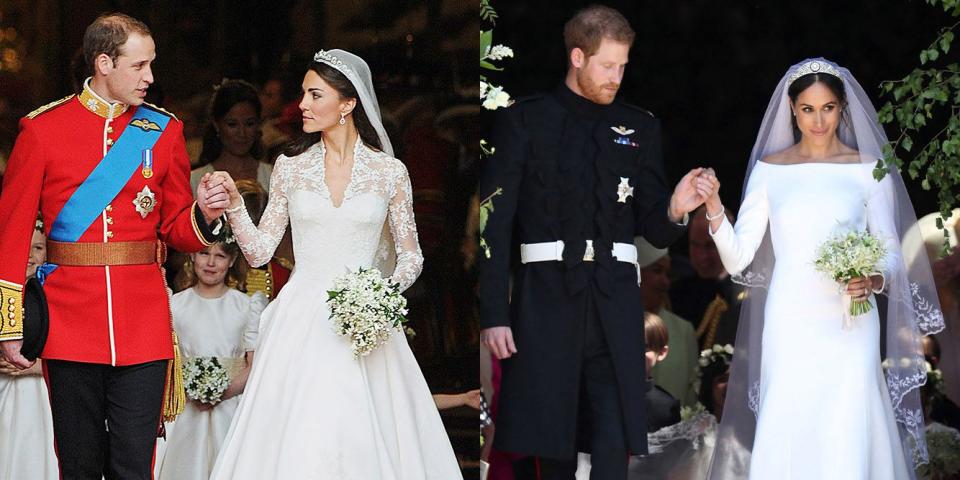
Dymond remembers being inside the modestly-furnished Kensington Palace press office, which served the Cambridges and Sussexes before they split. “It was after Harry’s wedding and I said, ‘I presume you’re going to employ more people?’ They now had this vast global celebrity in Meghan on board and they said, ‘no.’ I told them they were crazy… It’s a tough job already and I think sometimes people don’t have quite the right frontline skills to deal with what is, I think, an admirably aggressive British media.”
Last March, Harry and Meghan announced they would set up their own household within Buckingham Palace, but functionally quite separate from the central office. Team Sussex created its own communications operation, led by Sara Latham, a well-regarded former director at Freuds, a leading British PR firm. Latham has dual American and British citizenship and is a veteran Washington operator who worked Hillary Clinton’s 2016 presidential campaign.
To complicate matters further, Meghan arrived with a hotline to her own trusted friends and advisors, including Markus Anderson, a consultant for the Soho House chain of members’ clubs, and Sunshine Sachs, a Hollywood firm specializing in crisis PR that the actress worked with while she starred in Suits.
In theory, Latham reports to Donal McCabe, the Queen’s Communications Secretary, who joined the palace last March after Osman’s departure. McCabe arrived from the top communications job at Ladbrokes, a large betting and gambling company. But Dymond and two other sources close to the palace says this chain of command barely exists. “These are not departments taking instructions from the top,” Dymond says. “So when Harry wants to launch one at the press, he just goes and does it.”
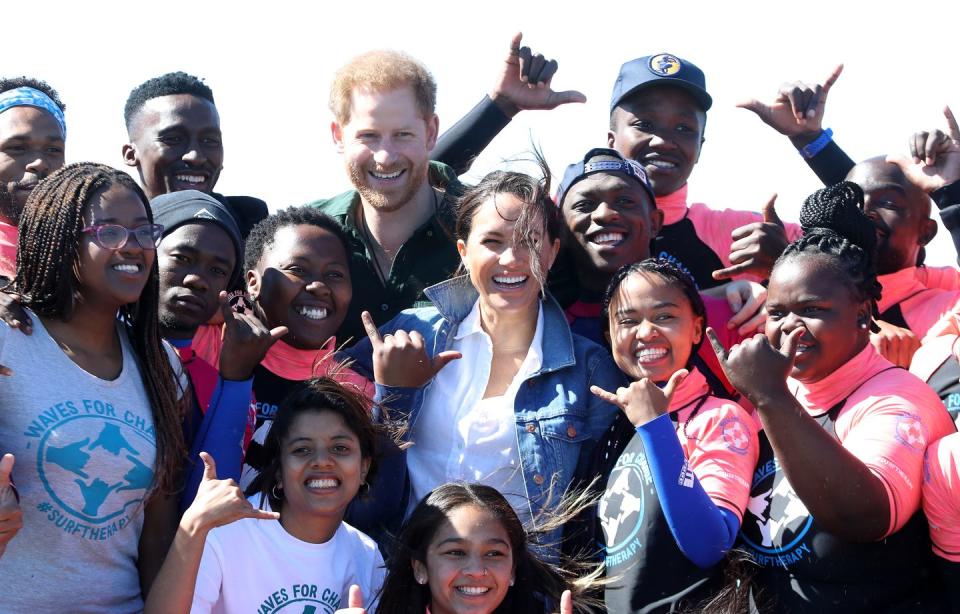
Before Prince Andrew’s interview, the biggest royal ruction in years—albeit one very different in both tone and substance—had come only weeks earlier, during Harry and Meghan’s September tour of Southern Africa. The trip was widely viewed as a chance for the new family to get away from London, the negative coverage of the couple’s use of private jets this summer, and lingering rumors of a royal rift between William and Kate and Harry and Megan.
Royal tours have long been a chance to shape images in a controlled environment, under a cloak of noble causes. And what followed was a masterclass. Photos were beamed around the world of Harry clasping a little boy’s hand at a charity project; Meghan hugging girls who were surfing to improve their mental health; and little Archie being blessed with a kiss by the anti-apartheid hero Archbishop Desmond Tutu.
In Angola, Prince Harry recreated famous photographs of Princess Diana walking through a partially cleared minefield months before her death. Harry wore the same protective gear, including the clear visor that somehow magnified his face like a goldfish bowl. “DIANA WOULD BE SO PROUD,” the Daily Express screamed from its front page the next morning. Headlines alone told a story: “Harry, Prince of Hugs”; “Meg on a Mission”; “A most inspiring couple.”
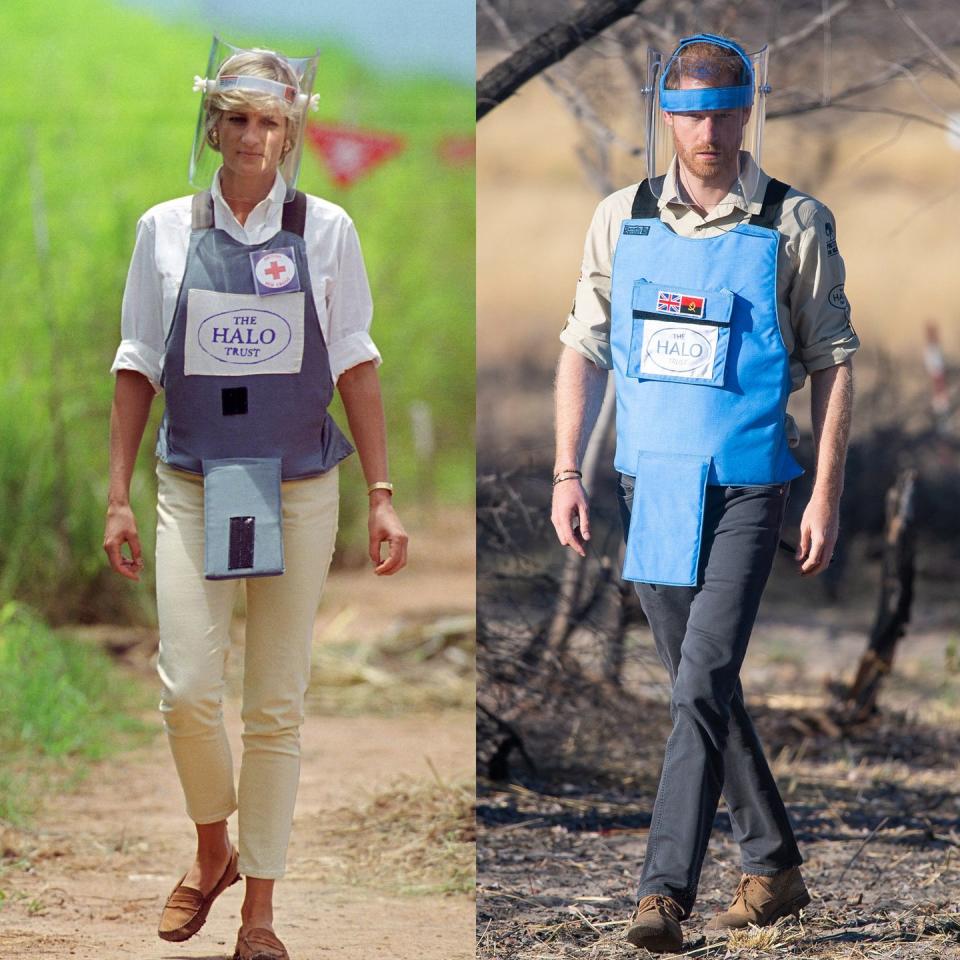
And then the couple detonated a mine of their own. Three days after that climax of positive coverage in Angola, the Sussexes released a statement so explosive it required its own website (at the time of writing, there is nothing else at sussexofficial.uk). In an impassioned attack on the media that coincided with a lawsuit over the publication of a letter Meghan had sent her estranged father before her wedding, Prince Harry accused British tabloid newspapers of committing a “ruthless campaign” of “relentless propaganda.”
“There comes a point when the only thing to do is to stand up to this behavior, because it destroys people and destroys lives,” wrote Harry, in a full-page note that fizzed with anger. Journalists who had spent days breathlessly reporting on Harry’s noble deeds suddenly found themselves reporting on his antipathy towards them.
The consensus among insiders was that Harry had, like his uncle, ignored the advice of some advisors. Dymond, the BBC correspondent, has also learned that Prince William was furious with his brother about an interview Harry gave ITV for their documentary about the tour, in which he essentially confirmed the rumors of a fraternal rift by referring to his and his brother’s “different paths.”
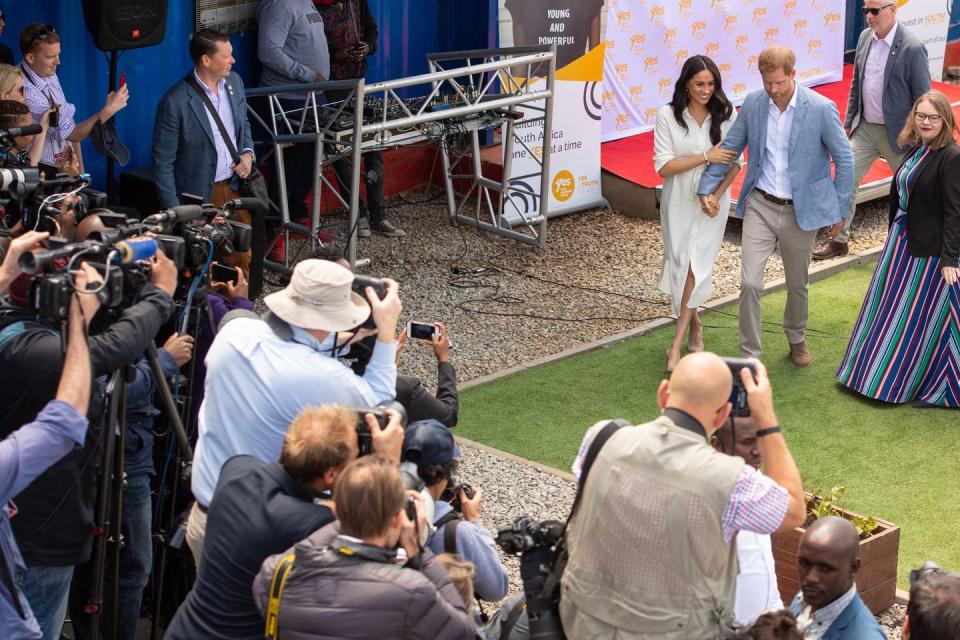
Harry is evidently wrestling with an intense dislike of the press. In the same ITV interview he said every click or flash of a camera “takes me straight back” to the trauma of losing his mother. “He absolutely loathes us,” says another royal reporter.
Harry’s feelings were not exactly news to many reporters who had covered him in the past. A royal reporter recalls being in a press pen during the royal tour of Australia, New Zealand, and some Pacific Islands in 2018. “They’d be sitting through some wretched welcoming ceremony in Fiji and Meghan would be perfectly poised with her unwavering Hollywood smile, and Harry would sit there and just glower at us.”
During a flight on the same 16-day tour, Harry arrived at the back of a plane to talk to journalists for a total of two minutes. “And he went out of his way to be rude to us,” Dymond says, declining to share what the prince had said. “I’m not having a go at him, it was just so self-defeating. Other members of the royal family have worked that out, but he, for perhaps understandable reasons, has not.”
Correspondents contrasted Harry’s behavior with that of William during the Duke of Cambridge’s recent tour of Pakistan, when he was openly warm and chatty with journalists on several occasions.
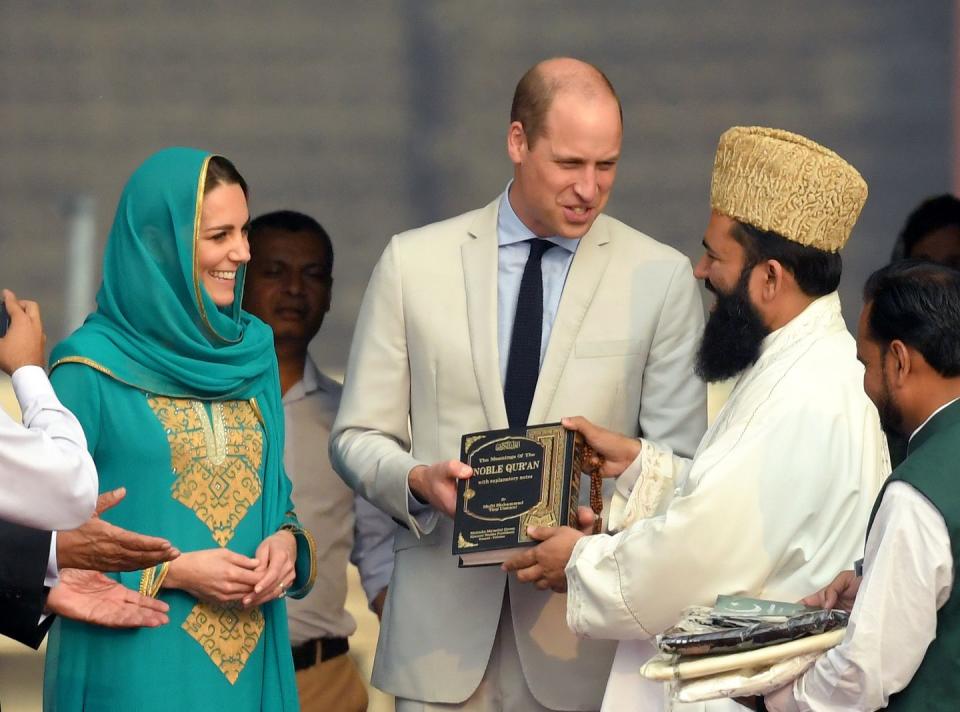
It is rare for royals to resort to the courts in their strange dance with the media. But there is precedence. In a case brought by Prince Albert in 1849, a judge found that the leak to a journalist of etchings a young Queen Victoria and Albert had made of family life represented “an unbecoming and unseemly intrusion... offensive to that inbred sense of propriety natural to every man.” The trial transformed privacy laws also used since then by Princess Diana, who sued the Daily Mirror in 1993 after it published pictures of her working out.
In 2006, Prince Charles sued the Mail on Sunday over its publications of his leaked private diaries charting the handover of Hong Kong from British rule. And in 2017, William and Kate took a French magazine to court after it published topless photographs of Kate sunbathing.
The awkward timing of the Sussex action, during such a successful tour, was not entirely in the couple’s control. A senior London lawyer close to their legal team confirms that the copyright case against the Mail on Sunday, to which Meghan’s father had passed a letter from his daughter (the newspaper vigorously denies wrongdoing), was rushed to account for a procedural shift. Had they waited even a few days, their case would have been heard at a division of London’s High Court reputed to be less sympathetic to celebrities.
“You can draw the inference that the litigants prefer their chances in the Chancery division, which happens to be where Prince Albert won his case,” the lawyer says.
But the timing of a legal procedure doesn’t explain the decision to publish Harry’s scathing indictment of the press during a tour meant to refocus media coverage on the couple’s good deeds. “There’s nothing wrong with the copyright action in my view,” the anonymous royal correspondent says. “But they didn’t even need to issue that statement. Do they really think they can win that fight?”
In the aftermath of Prince Andrew’s interview, as corporate sponsors tore up their ties to the Duke and his startup scheme, questions swirled about what the Queen would do about the fall of her supposed “favorite” child. She made her support for him as a mother quite clear this week when she was seen out riding with him at Windsor. As a monarch and head of state, though, she remains silent.
The 93-year-old Queen long ago delegated high-level decision making to her successors, absorbing the impacts of their whims and missteps. Before long, the mistakes will be theirs alone to bear. In the meantime, there is a sense she has lost a grip of her brood.
As a second annus horribilis comes to a close, one can only wonder how the Queen is looking forward to 2020. Will Andrew have time to pick up the pieces before he walks his elder daughter down the aisle? (A date for Princess Beatrice’s nuptials have not been set). Will the Duke, who faced calls to talk to the FBI about his links to Epstein, become the first royal to testify in court since 1891, when the future King Edward VII gave evidence for a friend who had been accused of cheating during a game of baccarat? Or will Harry beat him to it in his furious defense of his family’s privacy?
During a traumatic few weeks for her family, the Queen has retained her mother’s discretion. Only one thing was certain while multiplying royal households reconsidered their communications strategies: She would never complain, and she would never explain.

You Might Also Like

